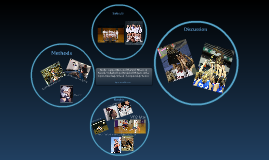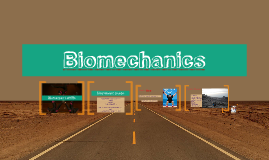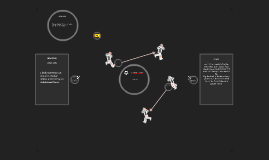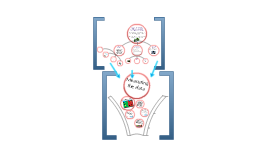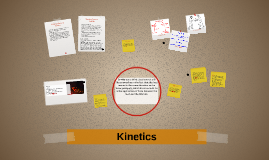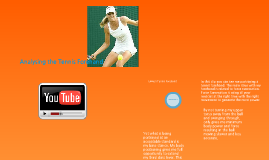Biomechanics
Transcript: Newtons Laws are very important in life because they explain why things are what they are. Newtons laws explain how water flows, why building don't fall down, how cars work, ect. Kinetics 2nd class levers: This is one where the fulcrum is at one end, and the applied force at the other. The load that is to be moved is between them. This lever is different in how it works, it causes the load to move in the same direction as the force you apply. 3rd class levers: The third class lever is the strangest ... and the one you use the most! The fulcrum is once again at one end of the lever, but this time the load is at the other end, and you apply a force in between. Newtons 2end law: Acceleration occurs when a specific force acts on another force with less pressure. The more an object weighs the more amount of force needed to accelerate that object. This law is telling us that when a force acts on an object, it will cause the object to accelerate. Force = Mass x Acceleration Why are Newtons laws important Newtons Laws of motion Kinetics 1. Mass 2. Force- Newtons law 1,2 and 3 3. Levers- 1,2,3 class 4. Balance- static and dynamic 5. Cob/ CoBouy/ CoG Definitions Kinetics: Is a sort of modern machines that has a major focus on the movements of different body's and the forces that act against rest and motion. Mass: Mass specifically measures the amount of inertia of the body and this is measured in kg. Force: Force is the pushing or pulling effect of a body that can cause change. Newtons 3rd Law The human body is made up of levers in the forms of bones, with the joints acting as axis. The use of levers allows humans to apply increased force and to generate greater speed in executing sporting activities (smyth et al, 2006, p105) Newtons 3rd law: For every actions there is an equal and opposite reaction. This explains why birds can fly while the birds wings are pushing downwards they air below them is also pushing the bird upwards. Action reaction force pairs make is possible for birds to fly. This is also why a rifle recoils when fired. A gunpowder explosion creates hot gases that expand outward allowing the rifle to push forward on the bullet. 1st, 2nd and 3rd class levers Newtons first law So why use a third class lever at all? The answer lies in the fact that the load moves in the same direction as the force you apply, which is convenient. So is the application of force between the load and the fulcrum. Definitions Newtons Laws of motion First class levers: A 1st class lever is a type of joint in the human body; one example is the joint found between the skull and the atlas vertebrae of the spine. The spine is the fulcrum across which muscles lift the head. Such connections between joints, called synovial joints, are fulcrums, the bones they connect are levers, and the muscles attached to them apply force (or resistance). levers levers Newtons 1st law is "an object at rest will remain at rest unless acted on by an unbalanced force." This means that there is a natural incline of objects to keep on doing what they’re doing. All objects will at some point resist changed in a state of motion. If there is an unbalanced force, motion will keep this force balanced. Newtons 2nd law






